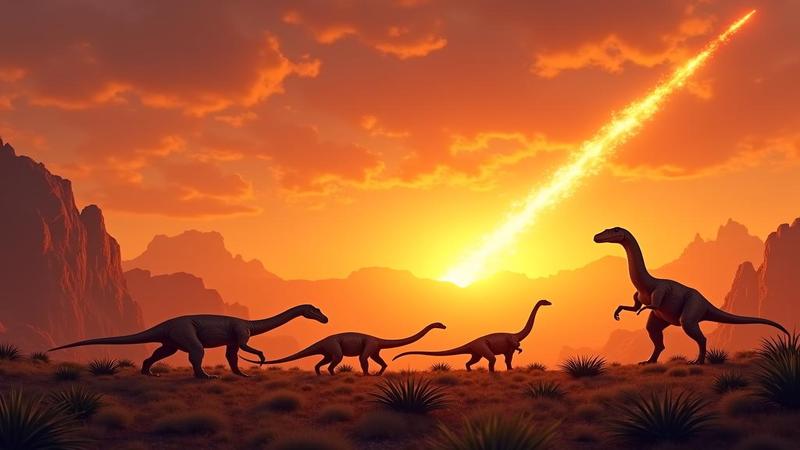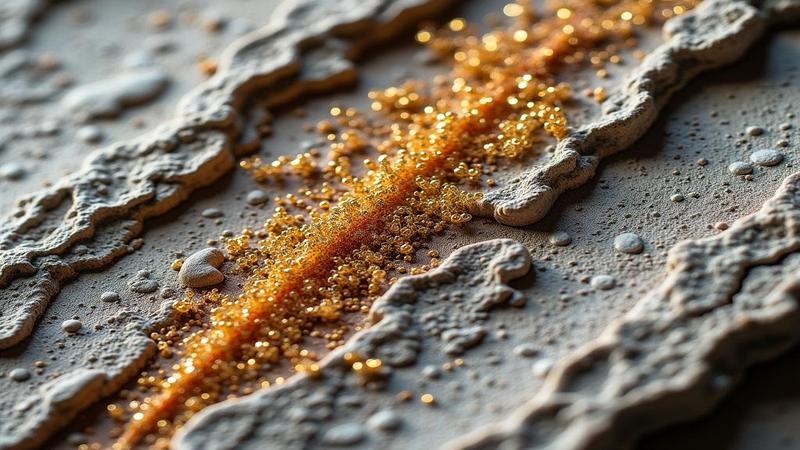Study Finds Dinosaurs Thriving Right Up Until Sky Threw a Rock

A new study reports dinosaurs in North America were doing great right up until the sky submitted an unsolicited performance review. The fossil record reads like a wellness blog: strong bones, diverse diets, and zero notes about “meteor anxiety.”
Researchers found thriving ecosystems, robust populations, and herbivores so plentiful you could hear the salad bar trembling. It was Jurassic SoulCycle down there—cardio, community, and someone shouting “feel the burn,” which, in retrospect, was foreshadowing.
Think of the late Cretaceous as a booming economy where your neighbor is a triceratops with a corner fern market. Tyrannosaurs were pivoting to sustainable snacking, which mostly involved sustainably snacking on whatever they caught sustainably.
“On every metric, they were fine,” said one paleontologist, while gently reminding a journalist that p-values can’t stop asteroids. “Statistically significant until the sky yeeted the null hypothesis,” added another, filing an appeal with the laws of physics.
Concerned citizens asked whether to prepare, and scientists assured them this happened 66 million years ago, meaning there’s no reason to panic-buy a hand crank emergency radio with meteor alert. However, if you hear a flaming bowling ball screaming in from the thermosphere, consider ducking.
The team’s methods were gloriously boring, which in science is a love language. They counted fossils, mapped layers, and wrote a methods section so sober it could drive home your tipsy conclusion.

The data show no slow fade, no long goodbye, no “we’ve decided to pursue opportunities in extinction.” The asteroid was less a market correction and more a cosmic anvil labeled “Acme,” followed by disbelief, dust, and a very quiet lunch break.
Implication: the universe can cancel your season during the mid-credits scene. You can do everything right and still be upstaged by space throwing a tantrum the size of a city.
For readers seeking hands-on learning, you can always honk on some plaster and dirt with a beginner fossil excavation kit for adults, then gently whisper, “Tell me your secrets,” to a shrimp-sized femur fragment. It won’t answer, but the silence will feel peer-reviewed.
A minority insists the asteroid was a hoax staged by Big Mammal to sell warm blood. Paleontologists responded by rolling their eyes so hard they uncovered a new formation called the Sarcastic Ridge.
To their credit, the authors include caveats: sample bias, geographic gaps, and the uncomfortable truth that statistics hate surprises. The p-values did not phone a friend; they texted an Uber and left the crater party early.
Bottom line, dinosaurs were thriving—just not at “survive a space rock” levels of thriving. The Cretaceous had momentum, hope, and very bad timing, which is also how most comets define a meet-cute with Earth: “We were doing great until the sky threw a rock.”
